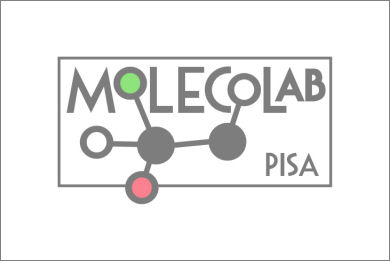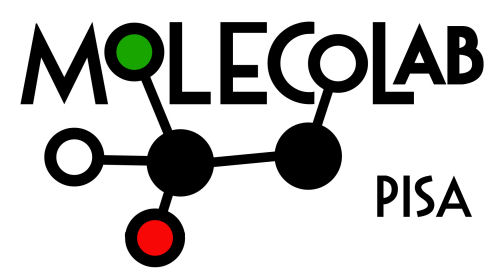
In the last few decades, quantum chemistry has moved from simple molecules made of few atoms to large supramolecular aggregates embedded in complex environments. This significant change has been made possible by the important progress achieved by multiscale models and, in particular, those combining quantum mechanical (QM) descriptions and classical models. One of the first examples of this integration is represented by continuum solvation models that starting from the 80s of the last century have been largely and successfully applied to predict properties and processes of solvated molecules. Almost in the same years, another alternative classical description, based on molecular mechanics (MM), has been coupled to QM methods to give the hybrid QM/MM approach. Since their first formulations, these QM/classical models have seen an enormous development in terms of accuracy, robustness, and generalizability. This review highlights the potentials of such modeling in describing very different scenarios, from solute-solvent interactions to the embedding effects of bio-macromolecules focusing on those aspects that are more directly related to green chemistry.
Mennucci, B.
Green Chem. Comput. Chem. ,263-279 (2021) https://doi.org/10.1016/B978-0-12-819879-7.00005-2

